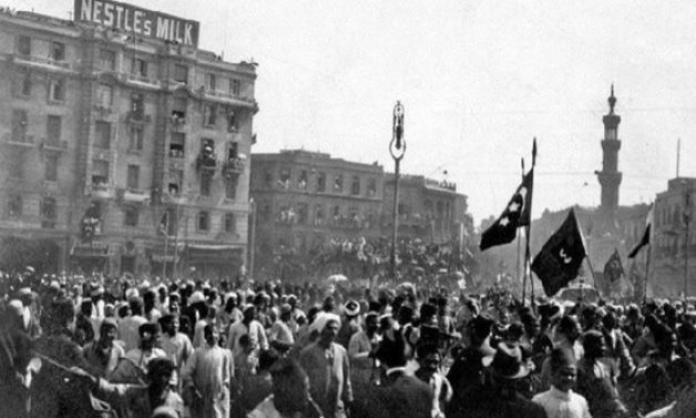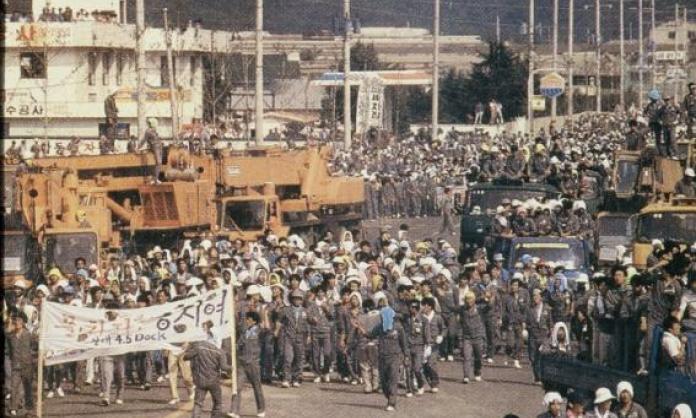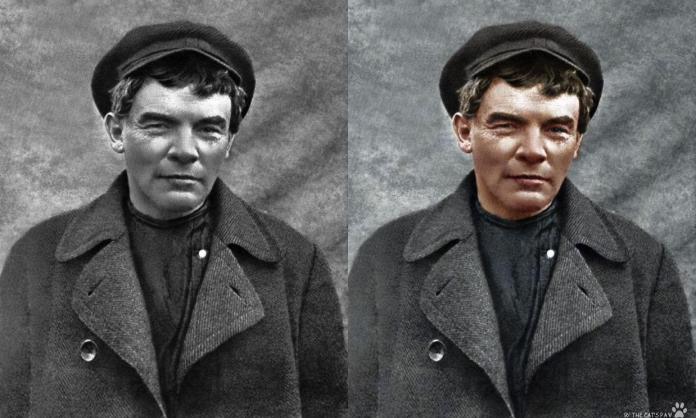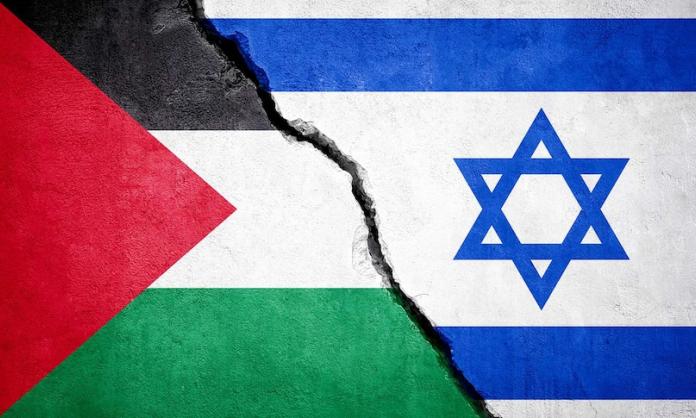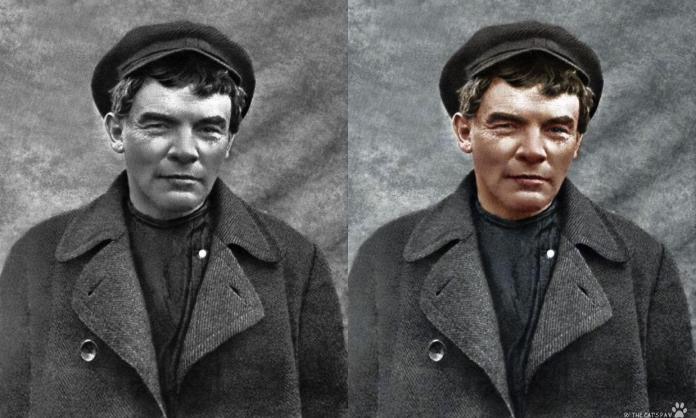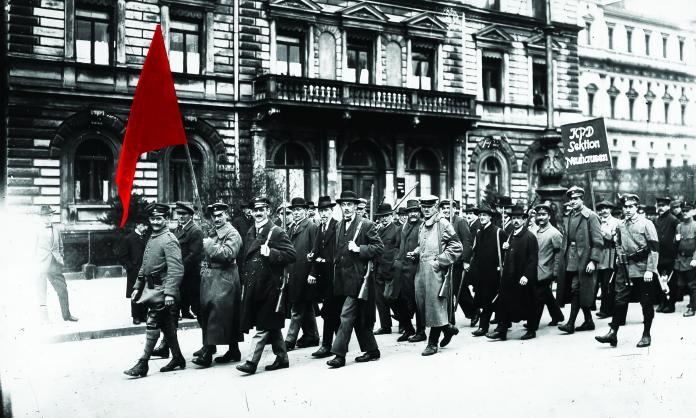“I’m always behind. Those years that it took from me, I lost a lot. And even now at the age of 36 when I should be fully in a career, have a house, a car, maybe married, I don’t have any of that. I don’t know how to regain any of that stuff anymore. So I’m just here.”
– Raymond Santana, one of the Central Park Five
The impact of the wrongful conviction and jailing of five teenage boys for a 1989 rape cannot be quantified. The 41 years they collectively served in prison cannot be given back to them. The devastation their families experienced, the breakdown of relationships and the grief, cannot be reversed. The emotional trauma and abuse at the hands of the criminal injustice system, politicians and mass media can never be fully compensated for.
But a documentary by filmmakers Ken Burns, Sarah Burns and David McMahon at least gives them, along with the rest of the world, the truth.
The Central Park Five documents in heart-wrenching detail how five Black and Hispanic teenage boys, all of whom lived in the Schomburg housing project in Harlem, were in April 1989 rounded up by police, coerced into making false confessions, convicted on rape and attempted murder charges and sent to jail for a crime they did not commit.
Their actual crime, like so many of those who make up the over 2.25 million-strong prison population in the United States, was being young, Black and working class.
New York in 1989 was a city divided by what New York Times reporter Jim Dwyer calls in the film “a social moat”. The economic downturn of the late 1980s, the arrival of crack cocaine and the associated crime on New York’s streets, and the onset of the AIDS epidemic had created mass social anxiety about the decaying fabric of society.
The term “underclass” had just been coined to describe the growing numbers of youth, mostly Black and Latino, at the margins. Gentrification driven by a super wealthy professional class continued unabated just blocks away. Central Park, the location of the rape and assault the five were wrongly accused of, was the symbolic space that brought these disparate elements together.
“The park,” as academic and author Kristin Bumiller puts it in her book In An Abusive State “is the focus for the clash over the ownership of public space between a woman who represents the hopes of a new professional class and teenage boys who represent young lives wasted by the forces of racism and poverty.”
So while 3,254 rapes took place in New York in 1989, the rape of a young, white, professional woman jogging in Central Park on 19 April 1989 became, according to then Mayor Ed Koch, the “crime of the century”. For Governor Cuomo, it was “the ultimate shriek of alarm”.
The law enforcement apparatus, political establishment and mass media saw in the Central Park Jogger case an opportunity, as Bumiller describes, to “stimulate the passions of mass audiences while reassuring this audience of the state’s capacity to respond to the threat”.
The mass media played its part in generating a lynch-mob mentality by splashing headlines like “Teen Wolf Pack Beats and Rapes Wall St Exec on Jogging Path”, “The Jogger and the Wolf Pack. An Outrage and a Prayer”, “None Of Us Is Safe” and “Fiendish Crime of Negro Brutes”.
The victim, on the other hand was portrayed, as Joan Didion described at the time, as “New York’s ideal sister, daughter, Bacharach bride: a young woman of conventional middle class privilege and promise whose situation was such that many people tended to overlook the fact that the state’s case against the accused as not invulnerable.”
The case unleashed not only racist hysteria against the five, but a law and order frenzy. This culminated in the extension of policing to schools, the notorious stop-and-frisk laws which targeted Black and Latino youths and a range of other measures which strengthened the repressive apparatus of the NYPD. It set the scene for the “Giuliani era” of zero tolerance of crime, including heavy penalties and prosecutions for petty offences such as graffiti, turnstile jumping and cannabis possession.
Adding to the hysteria surrounding the case, millionaire tycoon Donald Trump took out full page ads in four New York newspapers calling for the teenagers, all of whom were 16 years old or younger, to be executed and for the death penalty to be reinstated in New York – which it was two years later.
In the immediate aftermath, the NYPD’s main concern was getting charges laid quickly. For them, finding the perpetrator within days of the rape was, as Dwyer says, “a home run from a law enforcement standpoint”. The guilt or otherwise of the five teenagers charged was a secondary consideration.
This was the tragic confluence of events that saw Yusef Salaam, Korey Wise, Kevin Richardson, Raymond Santana and Antron McCray charged with rape and attempted murder. The boys had been messing around with a group of twenty or so other boys in the park on the night of the attack, and were apprehended for “disturbing the peace” as part of routine harassment by police.
When news of the discovery of the jogger’s body arrived at the precinct the teenagers were still in custody, and the police decided they had the perpetrators. They then proceeded to coerce confessions from the boys throughout the night and into the following day. The description in the film of how this was done should turn any viewer into a lifelong hater of the police.
It is fairly widely acknowledged today that the treatment of the Central Park Five represents a gross miscarriage of justice, despite their exoneration receiving shamefully little publicity (especially when compared to the circus surrounding their conviction).
As tragic as the Central Park Five’s story is, their eventual exoneration may make them some of the lucky ones. Statistics from the Innocence Project indicate that coerced confessions were involved in a quarter of all cases of wrongful conviction. The continuing racism and inequality of the criminal injustice system means that innocent people will continue to be victimised, and for most the crimes committed against them by the state will never be publicly acknowledged.
As the coercive apparatus of states everywhere are strengthened as part of neoliberalism and anti-crime hysteria, The Central Park Five is a timely reminder about the consequences of such developments. It is essential viewing.






